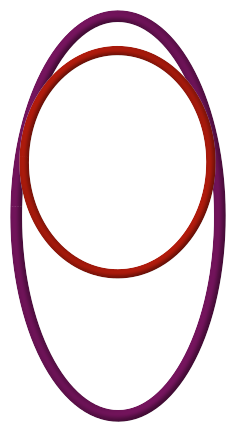
One of my former artworks: Title: !BLOCKCHAIN BURN! Year: 2021 Design: Wood as well as NFT (Digital Art) Size: approx. 40 x 40 x160 cm The medieval castle of Boppard (Germany) is a symbol of power and wealth, but also of poverty and rebellion. As a „Zwingburg“ and customs castle, it was a hub of the economy of the time. Here the Rhine customs were levied and debt amounts were recorded. The documentation of business transactions has a long tradition – but how did it happen in the past and how will it happen in the future? What did it mean to have debts back then, and what did it mean with increasing digitalization? Blockchain is a new system of accounting that – in a very simplified way – is based on the „Kerbholz“, a precursor to the cash book, which has been used since time immemorial. With the help of notched timbers, debt amounts could be recorded in a tamper-proof manner. If the debtor made a payment, the corresponding number of notches on the timbers belonging together were removed. After settling the bill, the wood was often burned. However, if the creditor lost his notch, his claim was forfeited. Today, this old system is reflected in the form of the blockchain. Data of any kind is continuously updated and encrypted here by bundling information that builds on each other as forgery-proof blocks and storing it decentrally. These processes now also make it possible, among other things, to protect digital works of art by copyright, which is currently opening up a new market. So how will the art world position itself in the future? „!Blockchain burn!“ deals with this topic and takes a stand by setting its own notch. Following the exhibition, the object will be handed over to the fire and its analogue remains to the Rhine. Virtually, however, it will survive in a photographic or audiovisual documentation as a non-fungible token (NFT), i.e. as a string of characters in a blockchain. Et Quietus est. – And the bill is settled.







